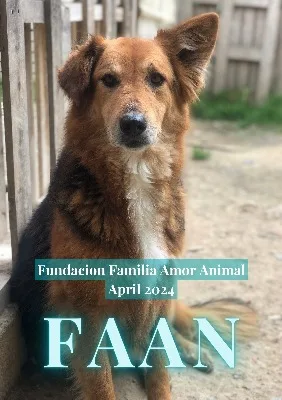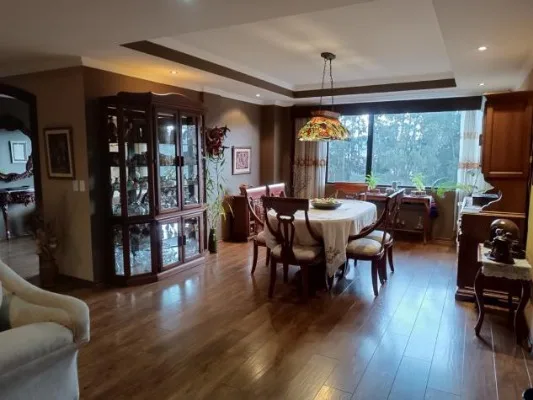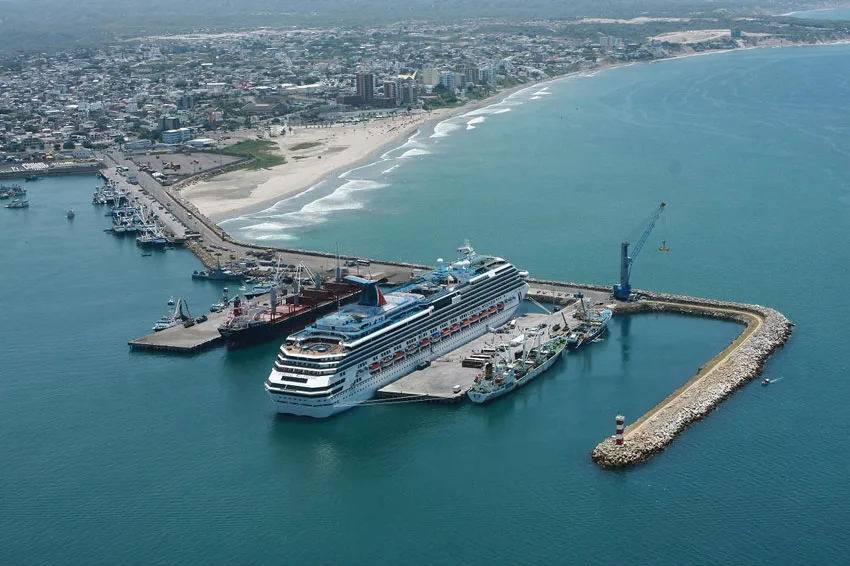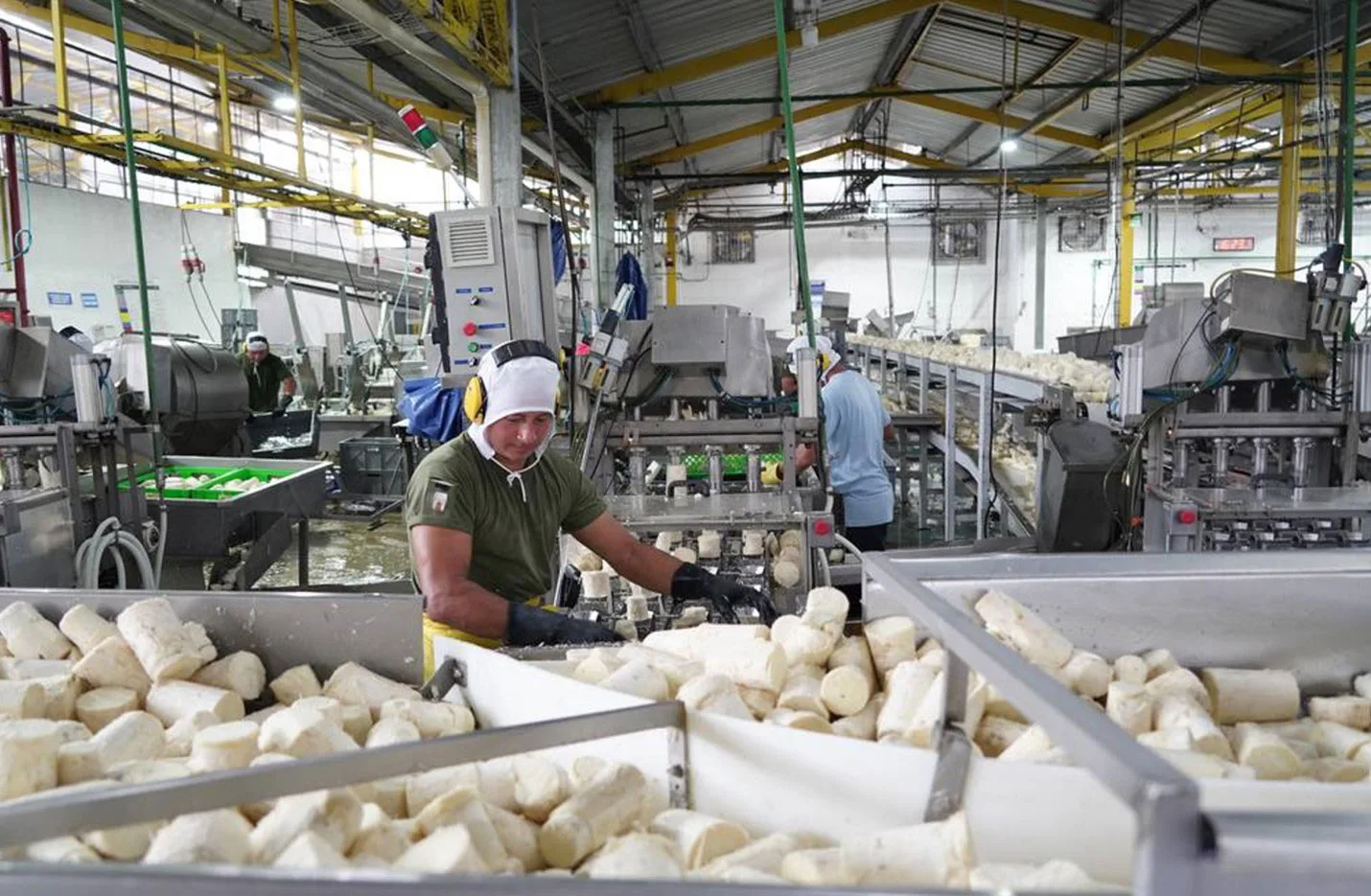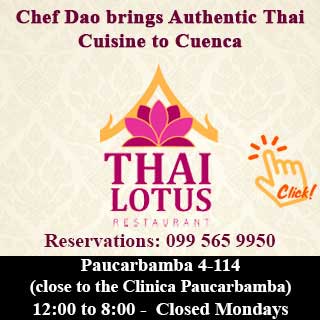 When we were speaking, she said, ‘You are very lucky, because you have always been with your mother,’” remembers Alarcón. “At first I was confused, but afterwards she clarified, “I could never meet my mother, my Mother Africa, I was forced to leave it. My only way of being in connection is [through] my spirituality. In that moment awoke in me a great questioning… How is Africa still alive in Ecuador? How is your spirituality still alive?”
When we were speaking, she said, ‘You are very lucky, because you have always been with your mother,’” remembers Alarcón. “At first I was confused, but afterwards she clarified, “I could never meet my mother, my Mother Africa, I was forced to leave it. My only way of being in connection is [through] my spirituality. In that moment awoke in me a great questioning… How is Africa still alive in Ecuador? How is your spirituality still alive?”

A year and a half later, Cimarrona – which is showing as part of Latin American Foto Festival presented by the Bronx Documentary Center – exists as a detailed portrait of the country’s African diaspora. Part of a wider Afro-Americans project supported by AECID, the project saw Alarcón embedding herself within the communities she photographed, discovering how cultural identity was preserved and passed down through generations via oral histories and storytelling.
“Albita Pavón, one of the first women I photographed, told me about the story titled Secretly They Arrived, which says that when the black people were brought to America, the ships did not come only enslaved bodies, but also came their Orishas – deities of the afro people.”

“These spirits accompanied and guarded their people, giving them the strength and wisdom to find their liberation. It is they, the Orishas, who live to this day in all the Afro Palenques in Ecuador.”
The images that make up the project occupy a space between documentary and fine art, blending the realities of day-to-day life within Afro-Ecuadorian with visual depictions of the spiritual. For Alarcón, it’s about celebrating the perseverance and resolve that make up ‘Cimarrona’, all while introducing it to a wider network of people.
“I believe that photography is a space in which you can meet each other. If you find a common point, one you can identify and recognize in each other, you can open a space for dialogue, and above all for humanity.”





_________________
See more of Johis Alarcón’s work on her official website.







